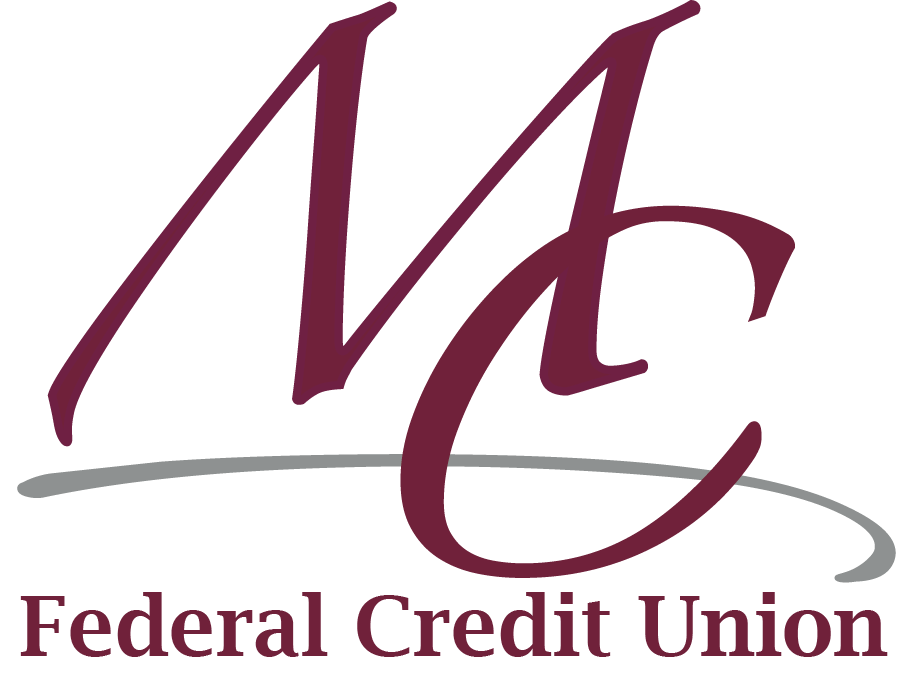Summer is in full swing and so is peak travel season. And while July is a prime time to get outdoors and cash in on any plans you may have—at home or beyond—the reality is that financial concerns (and recent credit interest rate spikes) remain a pain point for many of us. Here are five steps to take to boost your financial health and reduce your worries this summer.
1. Assess your Budget.
Do you have a budget? Midway through the year is a great time to build one. Money management apps typically provide monthly breakdowns that pinpoint where you might be overspending. A common strategy is to follow the 50/30/20 rule, but those percentages may differ for you, depending on your income and cost of living. Can you eliminate unused subscriptions or comparison shop for more favorable rates on home or auto insurance? Small cutbacks can add up to big savings.
2. Check your Credit Report.
Obtain a free credit report from the major credit bureaus (Equifax, TransUnion, Experian) through www.annualcreditreport.com and carefully examine it for any errors or discrepancies. Ensure that all your accounts are accurately reported and that there are no signs of fraudulent activity. Addressing any issues promptly will benefit your credit score which in turn can positively impact your future borrowing capabilities.
3. Evaluate your Investment Portfolio.
If you currently have an investment portfolio, mid-year is an opportune time to assess its performance over the past few months and rebalance if needed. Ask yourself: does my current strategy align with my long-term financial goals and risk tolerance? If you’re new to investing or feeling uncertain about what money moves to make, consider connecting with a financial advisor who can offer guidance.
4. Develop a Savings Strategy.
Do you anticipate any large expenses in the latter half of the year such as home improvements or educational costs? Start setting aside funds or exploring financing options in advance to minimize future stress. Consider automated, recurring deductions from your paycheck that can funnel into a savings account. Not able to save just yet? That’s okay! Create a reminder to revisit again in 2-3 months’ time.
5. Make a Plan to Pay Down Debt.
This is a good time to evaluate your outstanding debts, such as credit card balances, loans, or mortgages. Consider the balances, current interest rates, and payment terms for each. If you’re feeling overwhelmed by your debt, explore the option of a Debt Management Program (DMP) which could potentially lower your monthly obligation and improve your credit score over time. There is no one-size-fits-all solution so chatting with a counselor from our non-profit partner GreenPath Financial Wellness can help you determine if a DMP is a good fit for your situation.







